 I can hardly think of anything better for Aguirre to have reissued on vinyl than Morgan Fisher's collaboration with Lol Coxhill, originally released in1980 on Fisher's short-lived Pipe label. More than four decades later Slow Music is a rare phenomenon: a masterpiece which truly sounds like one. It remains an ambient landmark, an elemental work of art and imagination, and a painstaking labor of love.
I can hardly think of anything better for Aguirre to have reissued on vinyl than Morgan Fisher's collaboration with Lol Coxhill, originally released in1980 on Fisher's short-lived Pipe label. More than four decades later Slow Music is a rare phenomenon: a masterpiece which truly sounds like one. It remains an ambient landmark, an elemental work of art and imagination, and a painstaking labor of love.
Coxhill started out in standard jazz, Fisher in popular music, but from these fairly conventional points, both set about making creative leaps to develop their talents, and vice versa. Fisher quickly went into and out of such disparate groups as Third Ear Band and Mott the Hoople before his penchant for experimentation led—via Miniatures (his 1980 collection of 51 one minute tracks by everyone from Gavin Bryars, XTC, and Penguin Cafe Orchestra, to Ivor Cutler, Robert Wyatt, and The Damned)—to his own radically experimental music. Coxhill accelerated into his distinctly wild yet restrained style of saxophone playing, bringing him into contact with future members of the legendary Hatfield & The North, Kevin Ayers, Shirley Collins, Derek Bailey, and many others, in addition to acting roles on stage and screen. The pair worked together for the first time one year before Slow Music when Coxhill came into the studio for Fisher's Hybrid Kids, ostensibly a collection of various mutant art-punk groups, all of whom were in fact Morgan Fisher in disguise.


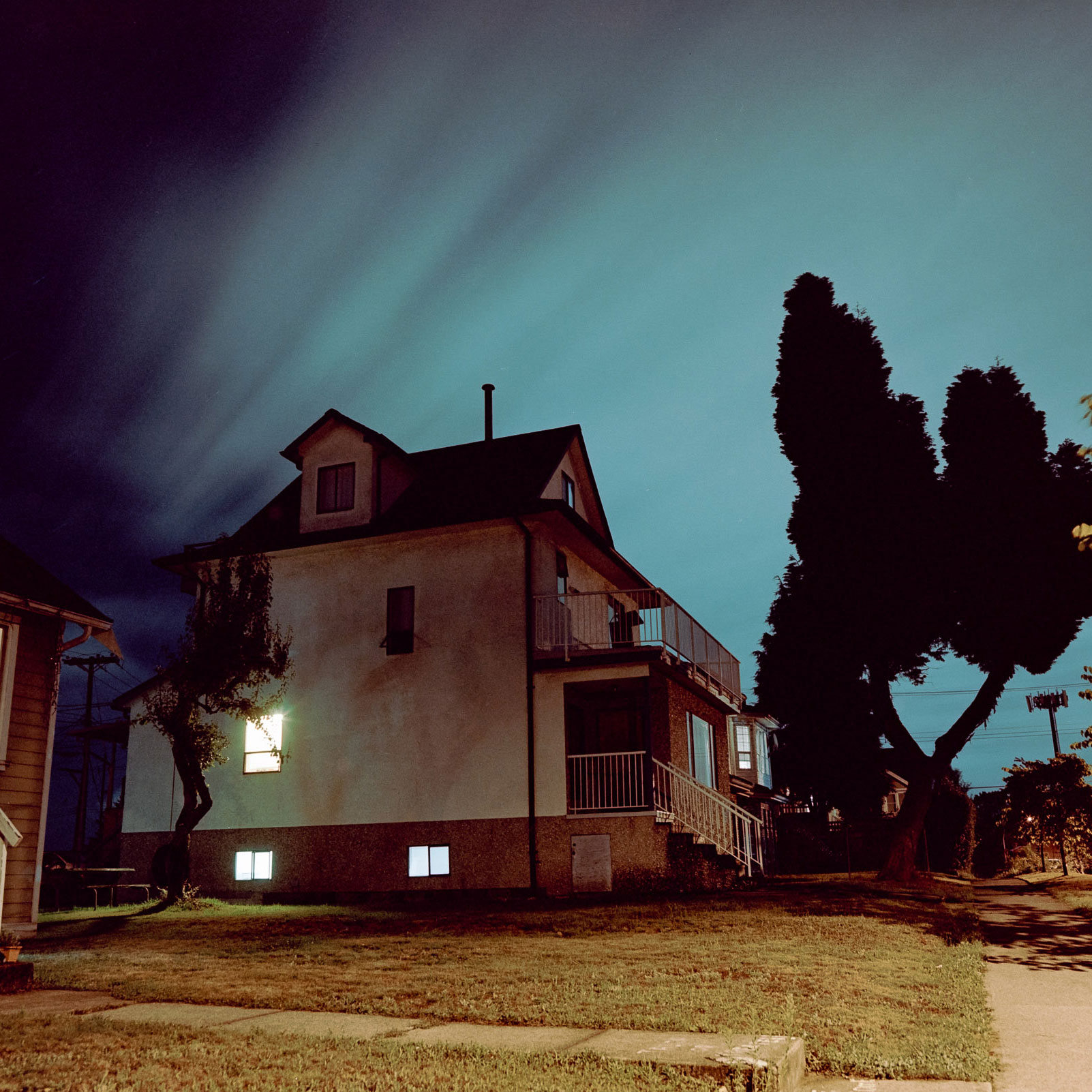
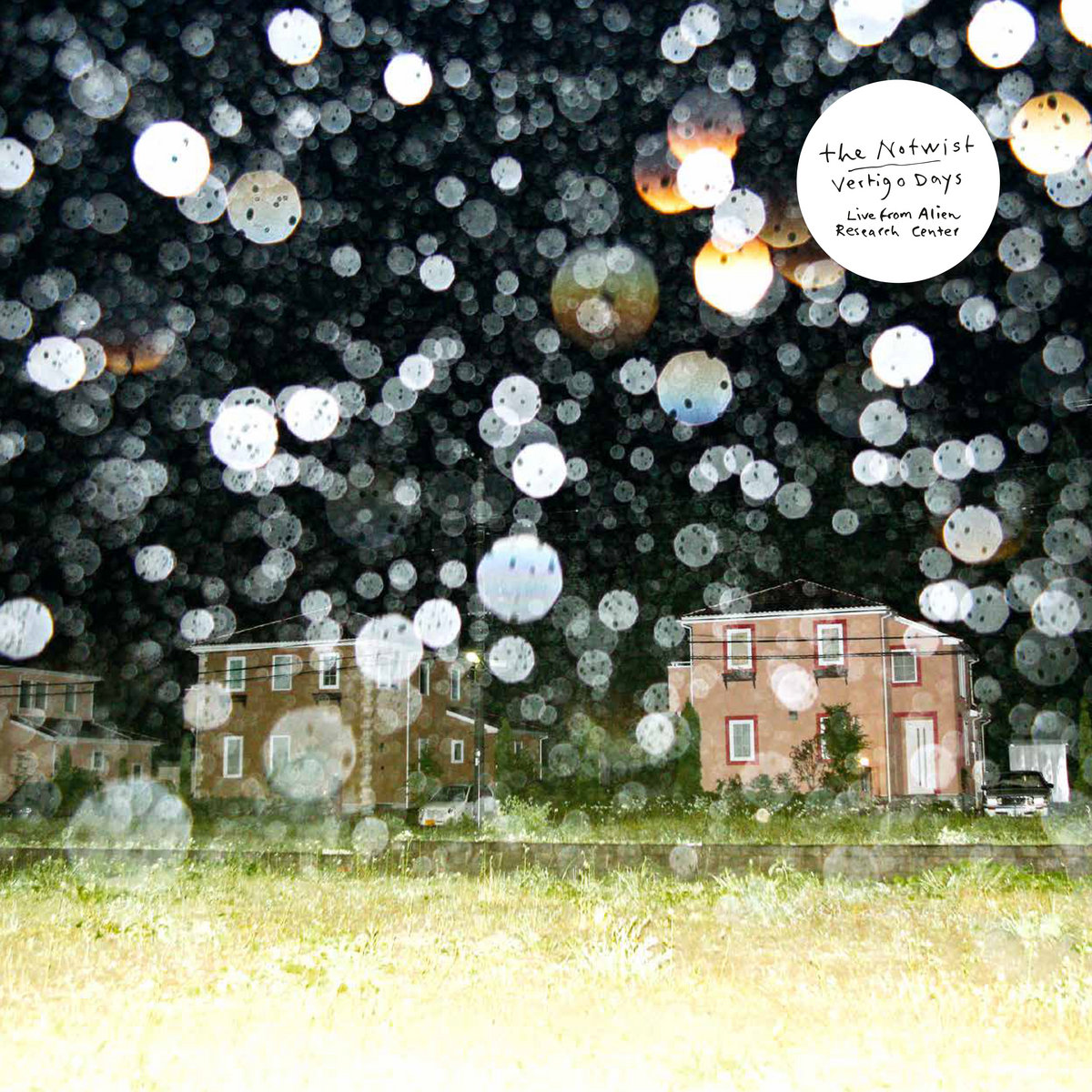 The Notwist tend to regard their live shows as launchpads where they can blast off from their studio albums on voyages of discovery. Live from Alien Research Center is a terrific document of that process, as the group re-explore the contents of Vertigo Days; their 2021 release which featured an array of guests from Angel Bat Dawid to Juana Molina. 2021-23 might seem a speedy recycling of the same material, but there is valuable quality of freedom and looseness in these live versions; stretched out and stitched together in the kosmische style.
The Notwist tend to regard their live shows as launchpads where they can blast off from their studio albums on voyages of discovery. Live from Alien Research Center is a terrific document of that process, as the group re-explore the contents of Vertigo Days; their 2021 release which featured an array of guests from Angel Bat Dawid to Juana Molina. 2021-23 might seem a speedy recycling of the same material, but there is valuable quality of freedom and looseness in these live versions; stretched out and stitched together in the kosmische style. This first volume of Valentina Goncharova's home studio recordings is devoted to her remarkable solo work over a four year period from 1987. The first six tracks in particular illustrate her genius for balancing written composition with spontaneity, and for manipulating sources (such as her voice and cello) into beautifully hypnotic maelstroms of melodic dissonance.
This first volume of Valentina Goncharova's home studio recordings is devoted to her remarkable solo work over a four year period from 1987. The first six tracks in particular illustrate her genius for balancing written composition with spontaneity, and for manipulating sources (such as her voice and cello) into beautifully hypnotic maelstroms of melodic dissonance. This debut album from Danish artist/multi-instrumentalist Cecilie "Cisser" Mæhl is easily one of the strongest releases from Berlin's Sonic Pieces in recent memory. Mæhl has already carved out an impressively distinctive niche. Innemuseum first began taking shape in the summer of 2019 when Mæhl made a bunch of field recordings while working at a mountain lodge in Norway (though those recordings would ultimately become a very small part of the puzzle). After moving to Oslo, she rented a studio space and eventually met some inspiring people who helped guide her towards realizing her unconventional vision (Jenny Hval, Stephan Mathieu, and the increasingly ubiquitous and versatile Lasse Marhaug). The involvement of the latter was especially surprising for me, as this album has the intimate feel of a bedroom chamber pop masterpiece conjured from little more than a violin, a drum machine, and an ancient piano, which is generally not where I expect someone from Testicle Hazard to turn up. That said, the homespun, elegantly minimal feel of these pieces is presented in beautifully detailed, crystalline clarity, which is presumably where the Marhaug magic came into play. I suspect this album would still be quite good even if submerged in tape hiss and murk, as Mæhl has a lovely voice and plenty of great ideas, but the fact that these otherwise hushed songs explode in vivid color beautifully elevates Innemuseum to another level altogether.
This debut album from Danish artist/multi-instrumentalist Cecilie "Cisser" Mæhl is easily one of the strongest releases from Berlin's Sonic Pieces in recent memory. Mæhl has already carved out an impressively distinctive niche. Innemuseum first began taking shape in the summer of 2019 when Mæhl made a bunch of field recordings while working at a mountain lodge in Norway (though those recordings would ultimately become a very small part of the puzzle). After moving to Oslo, she rented a studio space and eventually met some inspiring people who helped guide her towards realizing her unconventional vision (Jenny Hval, Stephan Mathieu, and the increasingly ubiquitous and versatile Lasse Marhaug). The involvement of the latter was especially surprising for me, as this album has the intimate feel of a bedroom chamber pop masterpiece conjured from little more than a violin, a drum machine, and an ancient piano, which is generally not where I expect someone from Testicle Hazard to turn up. That said, the homespun, elegantly minimal feel of these pieces is presented in beautifully detailed, crystalline clarity, which is presumably where the Marhaug magic came into play. I suspect this album would still be quite good even if submerged in tape hiss and murk, as Mæhl has a lovely voice and plenty of great ideas, but the fact that these otherwise hushed songs explode in vivid color beautifully elevates Innemuseum to another level altogether.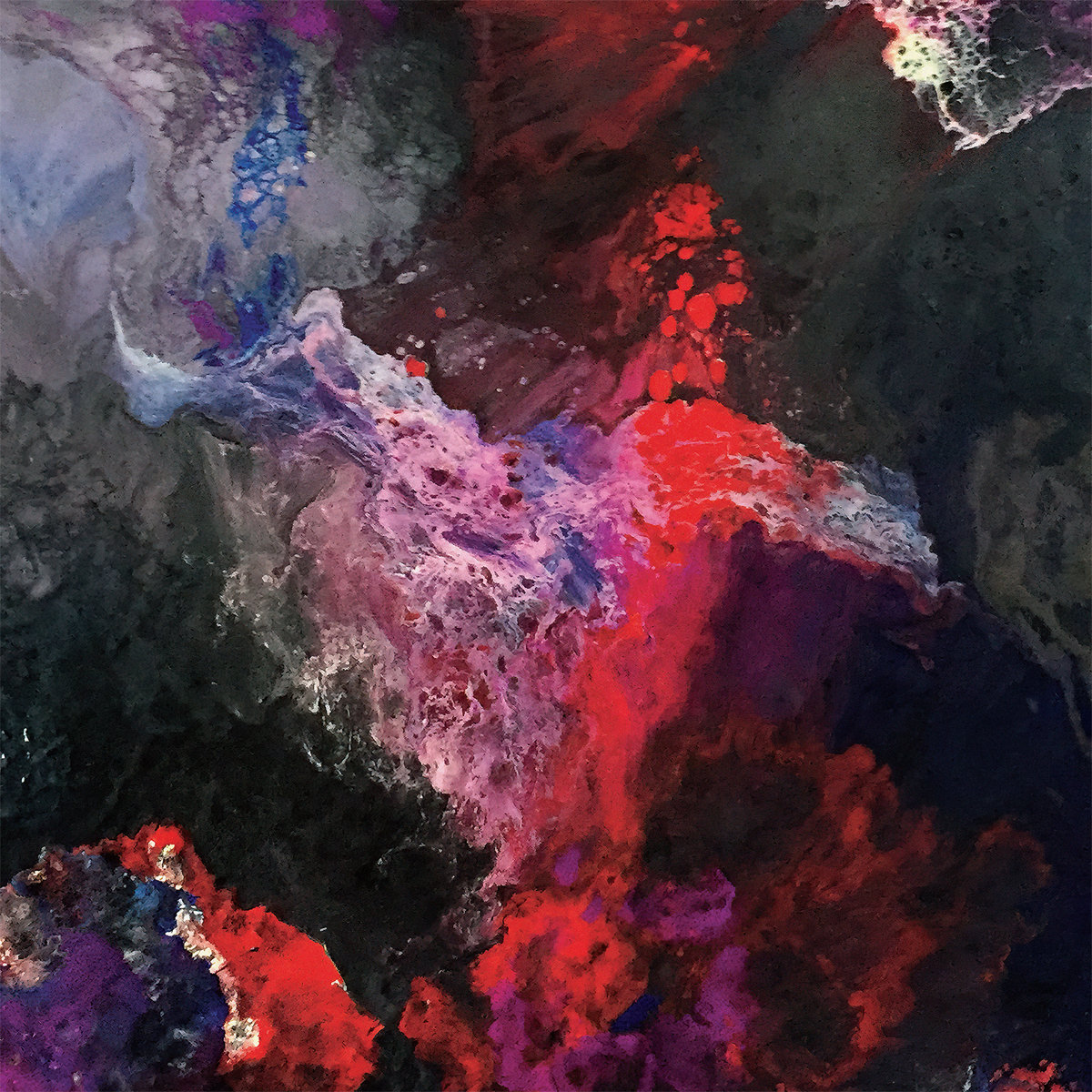 Archangels has an unhurried pace which I find deeply satisfying. John Bence shapes electronics, voice, piano, percussion and orchestration into dense and haunting forms, and although he creates some dynamic and challenging sounds, he never forgets that human ears need melodies and tunes. The spiritual concerns underpinning this creation also make it a good stepping off point to investigate and learn about a variety of concepts which have occupied people throughout human history.
Archangels has an unhurried pace which I find deeply satisfying. John Bence shapes electronics, voice, piano, percussion and orchestration into dense and haunting forms, and although he creates some dynamic and challenging sounds, he never forgets that human ears need melodies and tunes. The spiritual concerns underpinning this creation also make it a good stepping off point to investigate and learn about a variety of concepts which have occupied people throughout human history. This latest enigmatic find from Arizona's eternally far out and fascinating Was Ist Das? label will be an absolute revelation for anyone who misses Natural Snow Buildings as much as I do. Otherworld is apparently the debut release for this project, but any further details beyond that are non-existent other than the fact that these four pieces were recorded by someone named "Joe" in 2022. While the label's description name-checks a few '70s psych heavy-hitters as reference points in addition to Natural Snow Buildings (Third Ear Band and Popul Vuh), those elements manifest themselves much more subtly, as Otherworld is an oft-transcendent plunge into folk horror-inspired cosmic drone sorcery. That all-encompassing devotion to heavyweight drone majesty is also where Myriad Valley departs from Mehdi and Solange's path, as Joe does not let himself get distracted by any songcraft aspirations, opting instead to focus entirely on crafting massive, sustained psychotropic drones that feel like ancient field recordings from some remote mountain cult hellbent on opening an extra-dimensional portal through sheer vibrational magic.
This latest enigmatic find from Arizona's eternally far out and fascinating Was Ist Das? label will be an absolute revelation for anyone who misses Natural Snow Buildings as much as I do. Otherworld is apparently the debut release for this project, but any further details beyond that are non-existent other than the fact that these four pieces were recorded by someone named "Joe" in 2022. While the label's description name-checks a few '70s psych heavy-hitters as reference points in addition to Natural Snow Buildings (Third Ear Band and Popul Vuh), those elements manifest themselves much more subtly, as Otherworld is an oft-transcendent plunge into folk horror-inspired cosmic drone sorcery. That all-encompassing devotion to heavyweight drone majesty is also where Myriad Valley departs from Mehdi and Solange's path, as Joe does not let himself get distracted by any songcraft aspirations, opting instead to focus entirely on crafting massive, sustained psychotropic drones that feel like ancient field recordings from some remote mountain cult hellbent on opening an extra-dimensional portal through sheer vibrational magic. This quadruple LP boxed set is likely to be an absolute revelation for Laraaji fans, as Numero Group has combined his landmark 1978 debut (Celestial Vibration) with the equivalent of three lost albums recorded around the same time. The albums in question surfaced in 2021 when some acetates from an abandoned storage locker were auctioned off and passed through a flea market and Ebay before being spotted by eagle-eyed college student Jake Fischer, who snapped them up for $114 after recognizing Laraaji's given name (Edward Larry Gordon, the name he was still using at the time of Celestial Vibration's release). Amusingly, even Laraaji himself is a bit mystified by the provenance of these recordings, as the documentation states that they were recorded at a studio in Long Island 200 miles from where the Celestial Vibration sessions took place (ZBS in Fort Edward). While it remains unclear whether the Fort Edward tapes were merely transferred in Long Island or whether these recordings actually originate from a different session altogether in Queens, they are unmistakably Laraaji and they are frequently as good or better than the album that actually got released. Finds like this are exactly why there are Discogs fiends hunting for lost private press New Age music, as the late '70s and early '80s were a golden age for bedroom visionaries who thanklessly explored the cosmos with little hope of ever reaching an audience. Laraaji deserves a particularly special place in that pantheon, as he may have been the most forward-thinking visionary of them all and also took his autoharp to the goddamn streets to expand the consciousness of unwitting strangers.
This quadruple LP boxed set is likely to be an absolute revelation for Laraaji fans, as Numero Group has combined his landmark 1978 debut (Celestial Vibration) with the equivalent of three lost albums recorded around the same time. The albums in question surfaced in 2021 when some acetates from an abandoned storage locker were auctioned off and passed through a flea market and Ebay before being spotted by eagle-eyed college student Jake Fischer, who snapped them up for $114 after recognizing Laraaji's given name (Edward Larry Gordon, the name he was still using at the time of Celestial Vibration's release). Amusingly, even Laraaji himself is a bit mystified by the provenance of these recordings, as the documentation states that they were recorded at a studio in Long Island 200 miles from where the Celestial Vibration sessions took place (ZBS in Fort Edward). While it remains unclear whether the Fort Edward tapes were merely transferred in Long Island or whether these recordings actually originate from a different session altogether in Queens, they are unmistakably Laraaji and they are frequently as good or better than the album that actually got released. Finds like this are exactly why there are Discogs fiends hunting for lost private press New Age music, as the late '70s and early '80s were a golden age for bedroom visionaries who thanklessly explored the cosmos with little hope of ever reaching an audience. Laraaji deserves a particularly special place in that pantheon, as he may have been the most forward-thinking visionary of them all and also took his autoharp to the goddamn streets to expand the consciousness of unwitting strangers.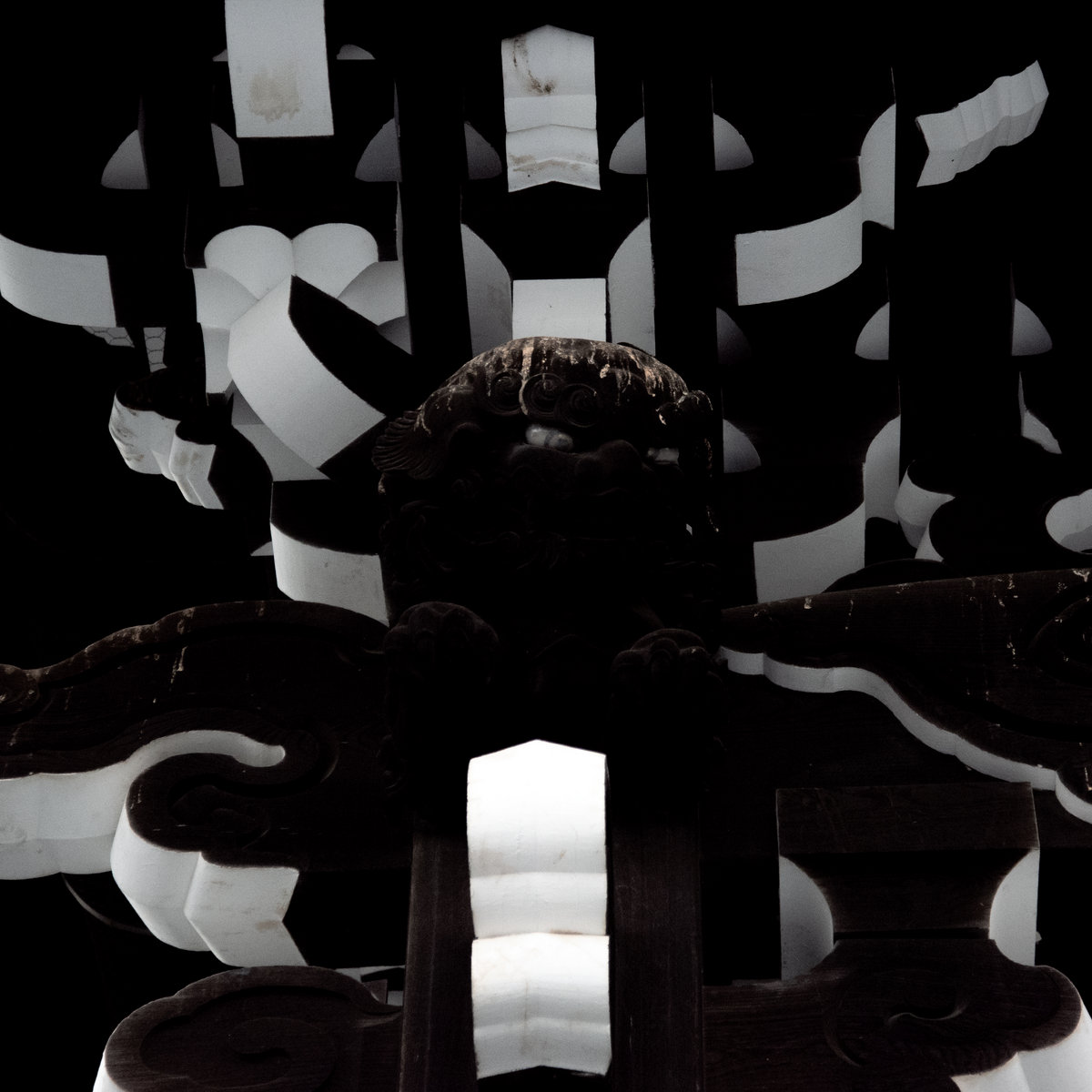 This latest opus from INA GRM's François J. Bonnet is loosely inspired by René Daumal's unfinished philosophical novel Mount Analogue (1952), which recounts an imagined expedition in which explorers hunt for a mountain that can "only be perceived by the application of obscure knowledge." It has been a few decades since I last read Mount Analogue or watched the film it partially inspired (Jodorowsky's Holy Mountain) so my memory of both is blurry at best, yet that did not impair my appreciation for the album, as Bonnet characteristically channeled the theme in his own inventive and compelling way. The gist is that familiar sounds and structures become increasingly rare as the album unfolds, but Bonnet had a deeper philosophical agenda as well, as Shifted in Dreams is a meditation on how our current world is in a "blurred and uncertain state where the reality of signs loses its consistency while, paradoxically, the reality of senses and impressions becomes imperative, obvious." Bonnet is clearly not a fan of that situation, unsurprisingly, and refers to it as "the reality of demons." Putting aside the death of meaning and general existential horror of our times, however, the dissolving of the familiar is wonderfully fertile creative ground for a Kassel Jaeger album, as Bonnet is exceptionally good at layered and evocative sound design. This is a beautifully crafted headphone album (but probably only for those armed with the obscure knowledge of how to listen deeply).
This latest opus from INA GRM's François J. Bonnet is loosely inspired by René Daumal's unfinished philosophical novel Mount Analogue (1952), which recounts an imagined expedition in which explorers hunt for a mountain that can "only be perceived by the application of obscure knowledge." It has been a few decades since I last read Mount Analogue or watched the film it partially inspired (Jodorowsky's Holy Mountain) so my memory of both is blurry at best, yet that did not impair my appreciation for the album, as Bonnet characteristically channeled the theme in his own inventive and compelling way. The gist is that familiar sounds and structures become increasingly rare as the album unfolds, but Bonnet had a deeper philosophical agenda as well, as Shifted in Dreams is a meditation on how our current world is in a "blurred and uncertain state where the reality of signs loses its consistency while, paradoxically, the reality of senses and impressions becomes imperative, obvious." Bonnet is clearly not a fan of that situation, unsurprisingly, and refers to it as "the reality of demons." Putting aside the death of meaning and general existential horror of our times, however, the dissolving of the familiar is wonderfully fertile creative ground for a Kassel Jaeger album, as Bonnet is exceptionally good at layered and evocative sound design. This is a beautifully crafted headphone album (but probably only for those armed with the obscure knowledge of how to listen deeply). Written and recorded immediately following 2021's Even if it Takes a Lifetime, Chicago's Anatomy of Habit's newest album is sonically similar, however it does not sound like the second half of a double album. Instead, Black Openings is a stand-alone work that features the same sense of consistency but overall sees the band further refining and expanding their sound, and in this case returning to the bleakness that pervaded their earlier works so brilliantly.
Written and recorded immediately following 2021's Even if it Takes a Lifetime, Chicago's Anatomy of Habit's newest album is sonically similar, however it does not sound like the second half of a double album. Instead, Black Openings is a stand-alone work that features the same sense of consistency but overall sees the band further refining and expanding their sound, and in this case returning to the bleakness that pervaded their earlier works so brilliantly.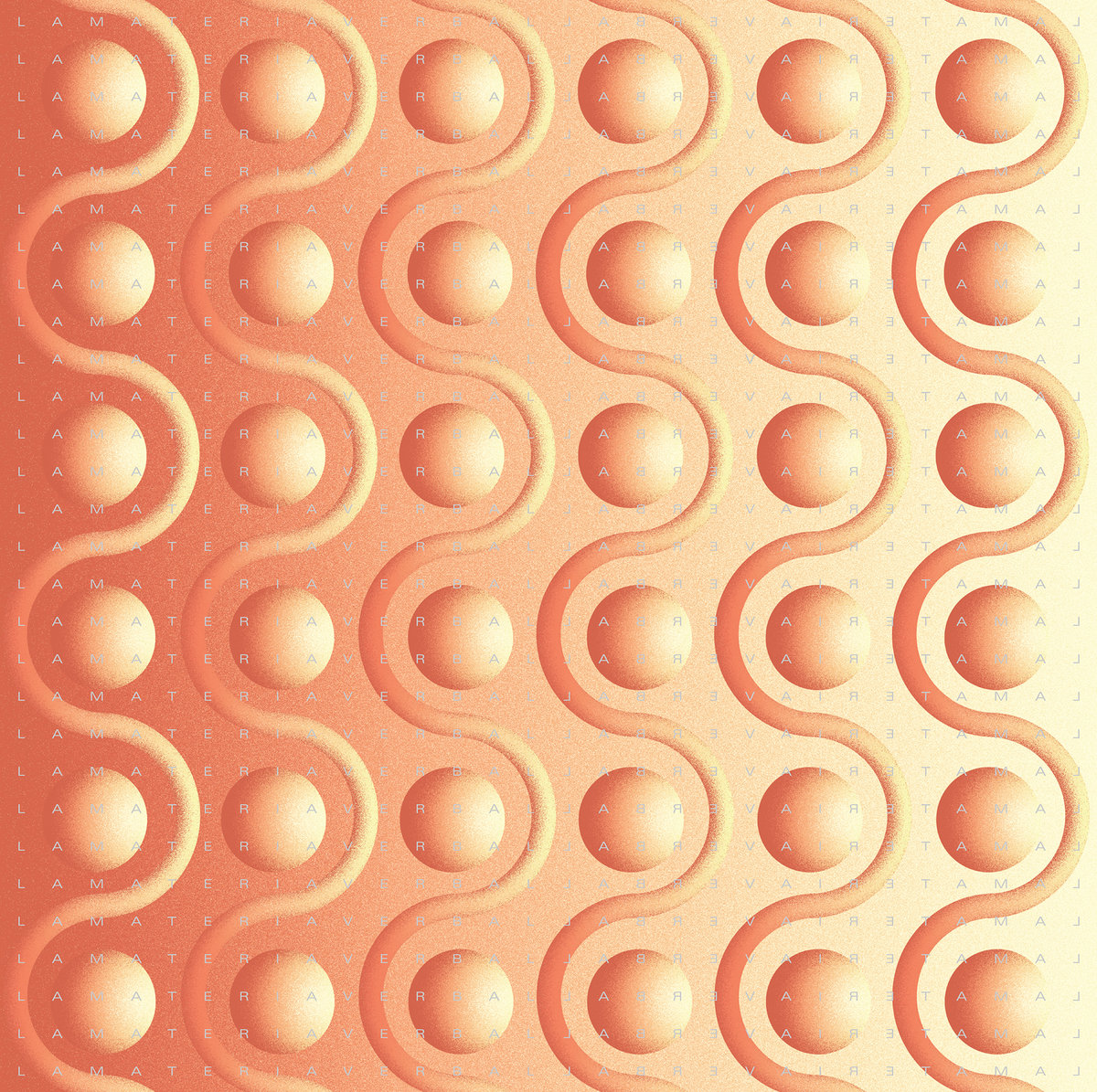 Here is a stunning history of Peruvian sound poems from 1972-2021. The album concentrates on material which has been recorded and edited, and yet showcases the compositional technique and sound organization across the spectrum of the discipline. It's an important and refreshing collection of 22 inherently absurd musical pieces, accompanied by seriously good liner notes.
Here is a stunning history of Peruvian sound poems from 1972-2021. The album concentrates on material which has been recorded and edited, and yet showcases the compositional technique and sound organization across the spectrum of the discipline. It's an important and refreshing collection of 22 inherently absurd musical pieces, accompanied by seriously good liner notes.
